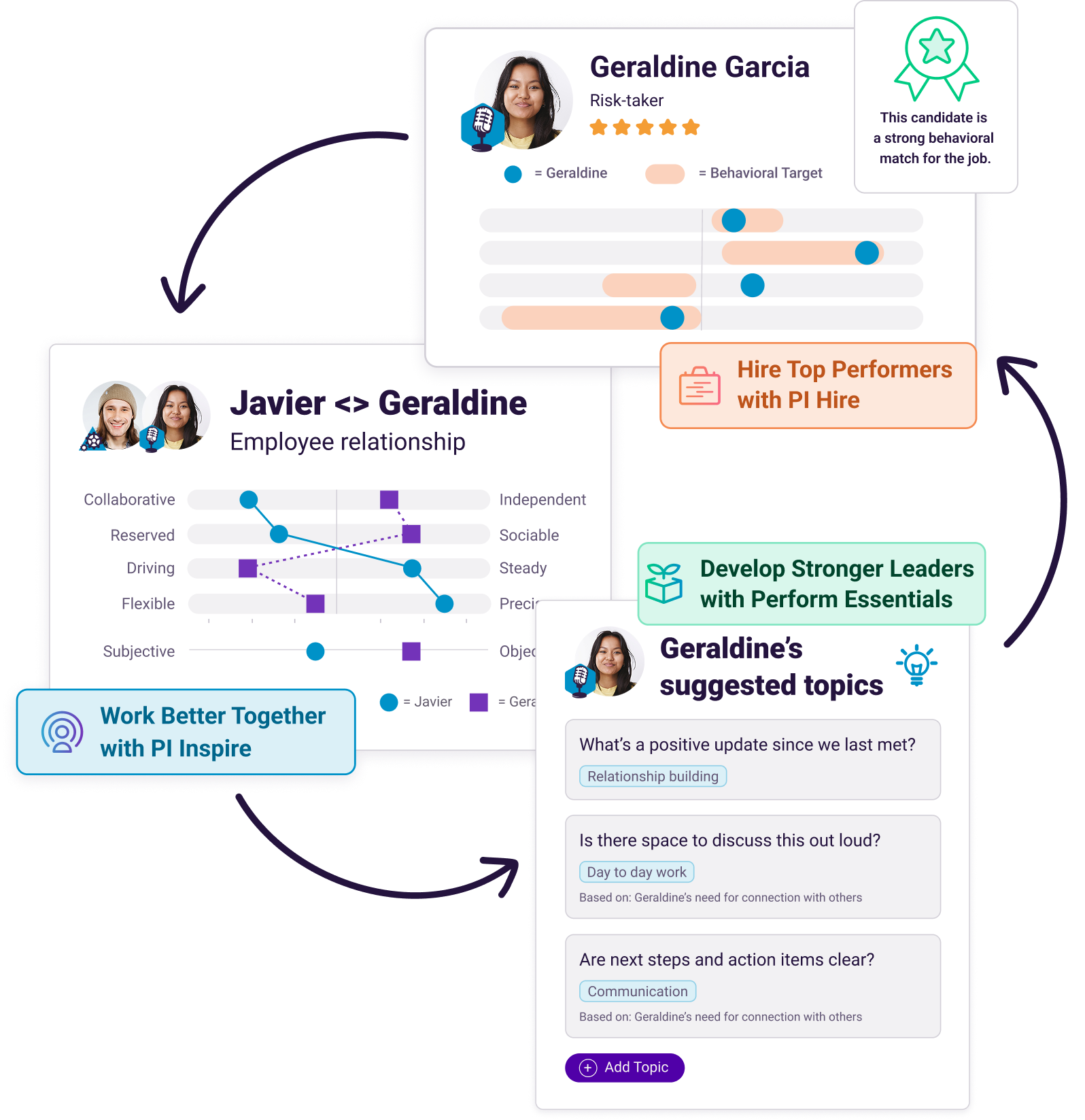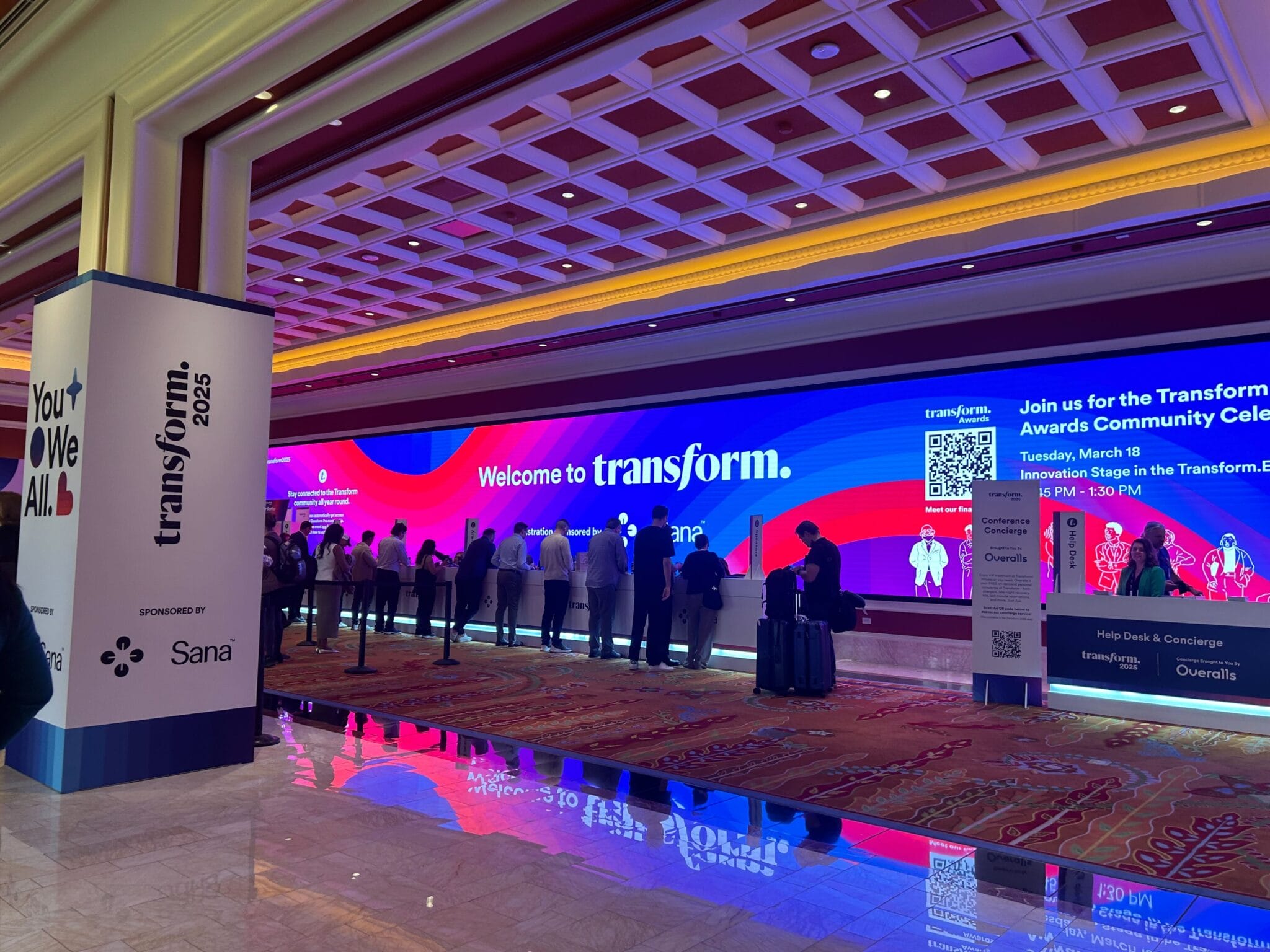What do you do when you have a candidate with the “perfect” behavioral needs and drives for a position—you know they can handle the work, culturally it’s a match, they are driven and determines—but their overall cognitive score, their capacity to learn, adapt, and grasp new concepts in the workplace, is falling short. I have had a couple of recent cases at different companies where the sales people had a perfect PI behavioral match to the ideal job pattern. Behaviorally, they were absolutely suited for the job, but these individuals were far less than ideal on the target cognitive scores. There are a few things that can done to address this gap.
First, determine how far is the individual’s score from the target cognitive score. How much actual learning is required when somebody new comes into your organization? Does the candidate already possess the knowledge or skills required? If not, are there training resources available? Is the gap insurmountable? Use cognitive interviewing questions, like the ones below, to investigate whether this person has the capacity to deal with complex issues when they come to your organization.
Questions to consider when investigating how the candidate best learns include:
- What types of things do you learn very quickly?
- What types of things take you longer to learn? Why?
If the role requires more strategy or long-term planning consider asking these:
- Provide an example of a time where you had to solve a very complicated problem in a short amount of time. What was the problem? How much time did you have? How did you solve it?
- Describe a time when you were responsible for long-term planning or creating a strategy. What was the situation and what factors did you consider when establishing the plan or strategy?
Learn the basics of cognitive ability, how to measure it, and how to use cognitive assessments in your hiring and candidate selection process.
If you make the decision to hire, use the cognitive data to understand what your investment of training time needs to be in order to get your new person up to speed. For example, when looking at the candidates for their open positions, the president of a small company realized quite a few did not score well on the cognitive assessment. I recommended he break up training into small, daily sessions that introduced a new concept/product/etc. over several weeks. Then, spend future sessions reviewing past lessons before introducing more new information. He is now in the process of redesigning training so that it is not “teach once” and hope they get it. He understands that the onus is on him to regularly reinforce products, policies, and process in order to maximum retention over the long term for those who need more time to learn.
Another client recently had a sales rep who was able to get his foot in the door with prospects but seemed unable to connect the dots from their problems to the solutions. The recommendation was to focus the product offerings to a narrower group of solutions. The sales person was struggling to juggle several different offerings but by focusing on one or two, his numbers improved.
The owner of another company described a recent hire as “perfect, able to close more deals than anybody else” on his team in just his first two weeks on the job. However, the owner expressed frustration at having to reinforce their customer management software. The solution was to regularly train on the company’s customer management software. I explained that he, the owner, just needs to understand that not everyone learns quickly and that the new sales star just needs a lot more training and assistance to get up to speed. Over time, that will help this individual be successful.
The point? It is up to you, the leaders of your organizations, to make sure that you understand not just behaviorally how people are going to tackle at work, but cognitively how they think, learn, and process information. As managers and leaders in our organizations, we have to understand how to best adapt our onboarding, our training, our performance management strategies, and understand the different career paths for each person on our team.









